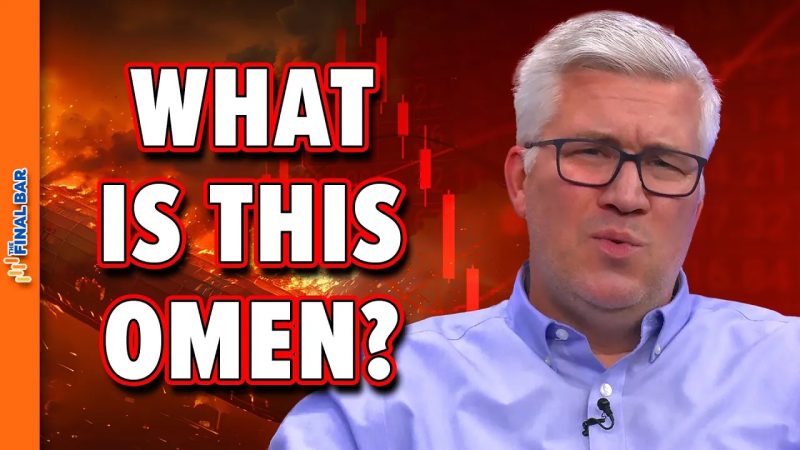The Hindenburg Omen: Demystifying its Impact and Duration
Understanding market indicators and signals is crucial for investors and traders looking to navigate the complexities of the financial world. One such indicator that has gained attention in recent years is the Hindenburg Omen. Originating from the infamous Hindenburg disaster of 1937, this indicator has been associated with predicting stock market crashes and potential downturns. In this article, we will delve into the truth behind the Hindenburg Omen, its effects on the market, and its potential duration.
The Hindenburg Omen is a technical analysis pattern that signals a potential stock market downturn. It is identified by a series of criteria that include a high number of new highs and new lows in a given market, usually occurring within a short time frame. The theory behind the Hindenburg Omen is that when there is a high level of market inconsistency, it could indicate underlying weakness and potential impending market turmoil.
While the Hindenburg Omen has garnered attention for its ominous connotations, its actual predictive power is a topic of debate among market analysts. Some believe that it is a reliable indicator of market turbulence, while others argue that it is prone to false signals and should not be solely relied upon for making investment decisions. It is essential for investors to exercise caution and consider a variety of factors when interpreting the Hindenburg Omen and its implications.
The effects of the Hindenburg Omen on the market can vary depending on the context and overall market conditions. In some instances, the occurrence of the Hindenburg Omen has been followed by significant market corrections or downturns. However, there have also been instances where the indicator has not resulted in a market crash, leading to confusion and skepticism among investors.
The duration of the Hindenburg Omen’s impact is another aspect that investors and market analysts often ponder. While the indicator may signal a potential market downturn in the short term, its effects may not always be immediate or long-lasting. Due to the complex and dynamic nature of the financial markets, it is essential to consider a wide range of factors and indicators when evaluating the Hindenburg Omen and its implications on the market.
In conclusion, the Hindenburg Omen is a technical analysis pattern that has captured the attention of investors and traders seeking to anticipate market movements. While its predictive power and reliability may be subject to interpretation, it serves as a reminder of the inherent volatility and uncertainty of the financial markets. By approaching the Hindenburg Omen with caution and a critical mindset, investors can better navigate the complexities of the market landscape and make informed decisions to safeguard their investments.

